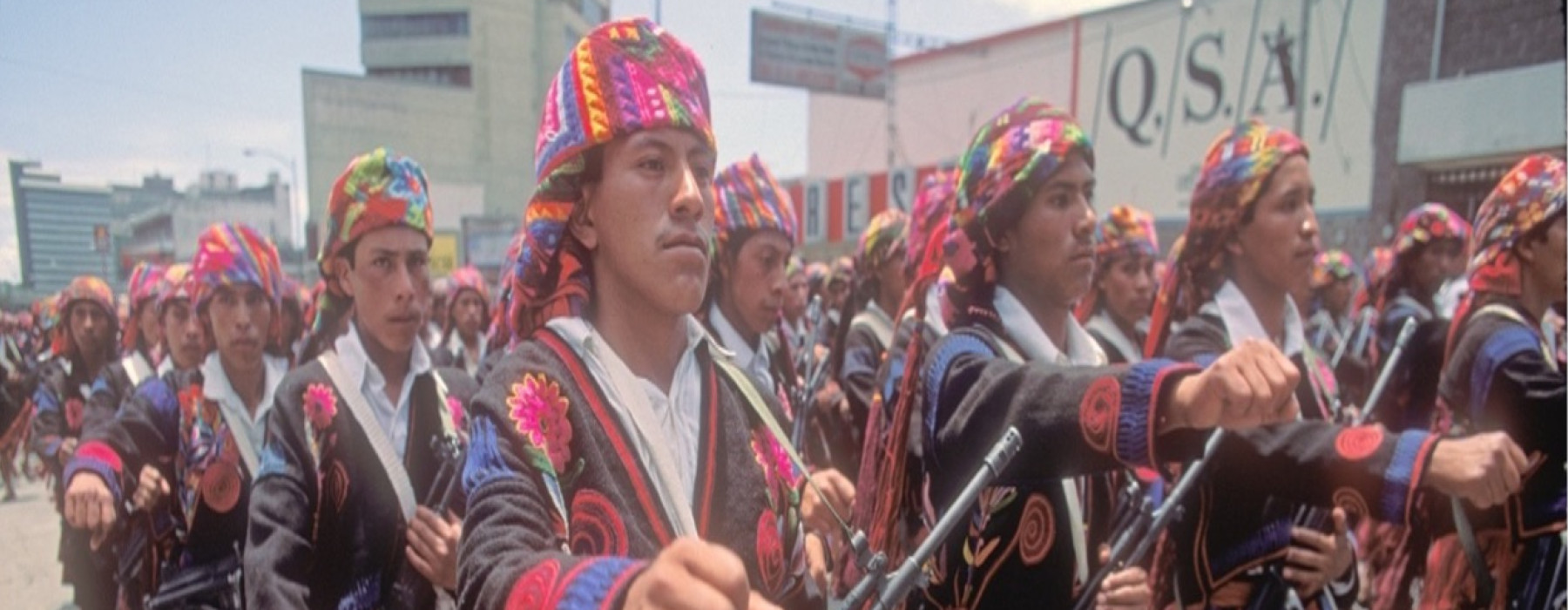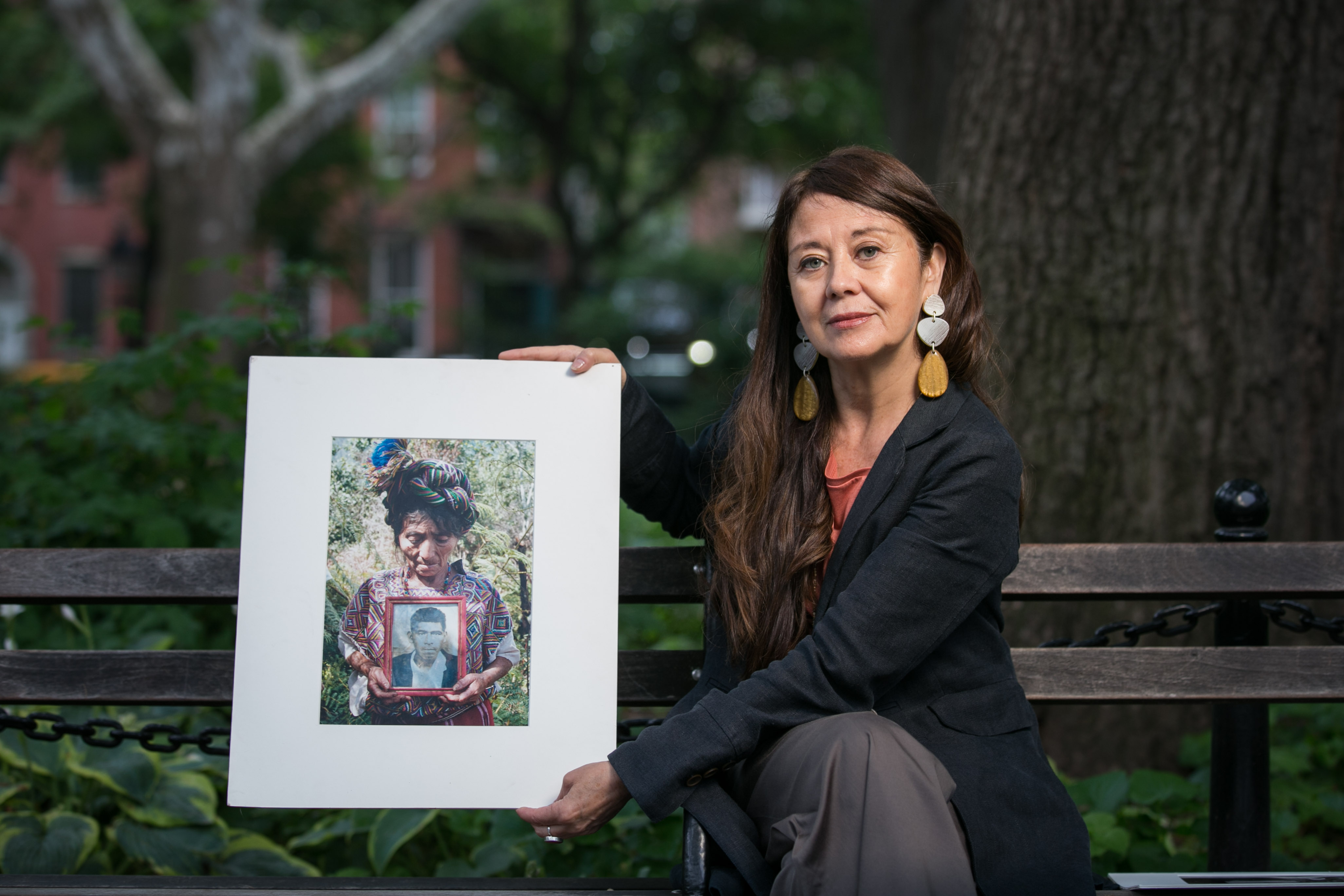Mayan K’iché’ garments as cultural but also as military political artifacts in Museums
“What is at stake in thinking through the gender of an ethnographic object?” This was one of the initial questions raised by Wereldmuseum online on the topic “gendering the museum” seminar on 1 October 2020. Considering the context of a particular Mayan regalia or garment displayed at the Museum, I argue that an understanding of the garment’s meanings requires us to address these meanings' connection to their particular military ethnographic context because failure to do so obscures the ways in which Indigenous materiality is objectified. In so doing, we can get a glimpse of the modern colonial relationship between Indigenous Peoples and the military, and the long-term negative (and genocidal) impact of colonialism (and postcolonialism) resulting “in systemic racism, cyclical poverty, economic inequity, violence, loss of language and culture” (UNHCR, 2022).
Photo: © Vince Heptig. “Santo Tomas Chichicastenango’s Military Reserve Battalion, with permission to reprint and refeature image by Vince Heptig, which also appeared in in Marcia Esparza’s Silenced Communities: Legacies of Militarization and Militarism in a Rural Guatemalan Town (2018). NYC: Berghahn Books. Permission to use image provided by Heptig in May 2023.

